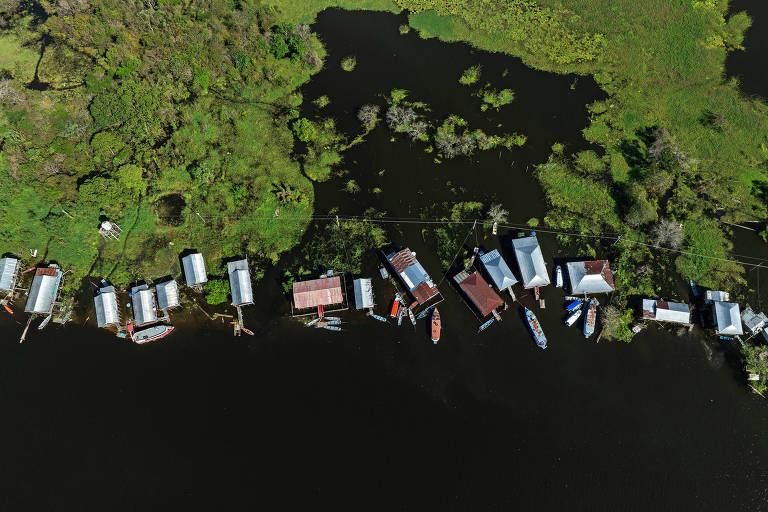The Muras of Sissaíma, a small indigenous land awaiting demarcation in the Careiro da Várzea region, in the eastern Amazonas, are surrounded by farms and buffalo. Among the Muras of Sissaíma, almost no one knows about a proposed oil exploration project in a block located less than a kilometer from the territory. If the project moves forward, it will become the new battleground for the nearly 200 indigenous people living in this part of Western Amazonia.
"In 2017, someone from Cimi [Indigenous Missionary Council] said there was an oil block 700 meters from here," says the territory's chief, Ozeias Cordeiro, 43. "Since then, we haven't heard any more about it." The project gained more traction starting in December 2023, when five oil and gas exploration blocks in the Amazon were offered by the ANP (National Agency of Petroleum, Natural Gas, and Biofuels).
The five blocks in the Amazonas Basin affect conservation units and traditional communities, with some falling within the blocks themselves, as pointed out by the Federal Public Ministry (MPF) in expert reports and a public civil action requesting that the Federal Court in Amazonas cancel the blocks' concession. On the path to what could become a new oil and gas frontier in the Amazon, should the companies that acquired the blocks proceed with exploration, there are six indigenous lands and 11 conservation units, according to MPF reports.
The search for fossil fuels crosses through protected areas near Manaus, where the Negro and Solimões rivers meet, home to the endemic and endangered Pied Tamarin monkey, as noted in the reports.
